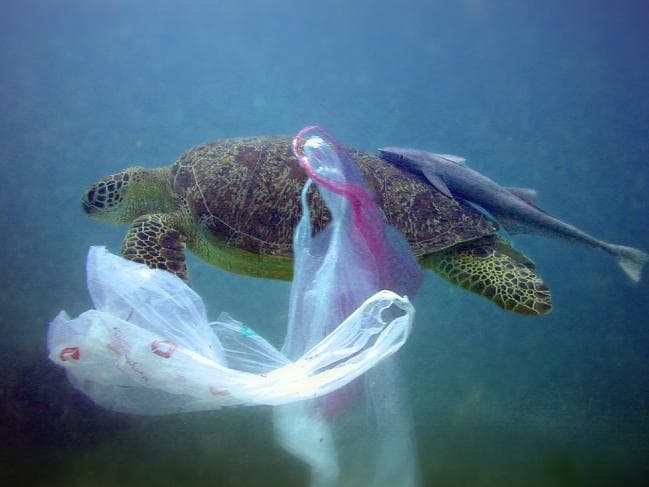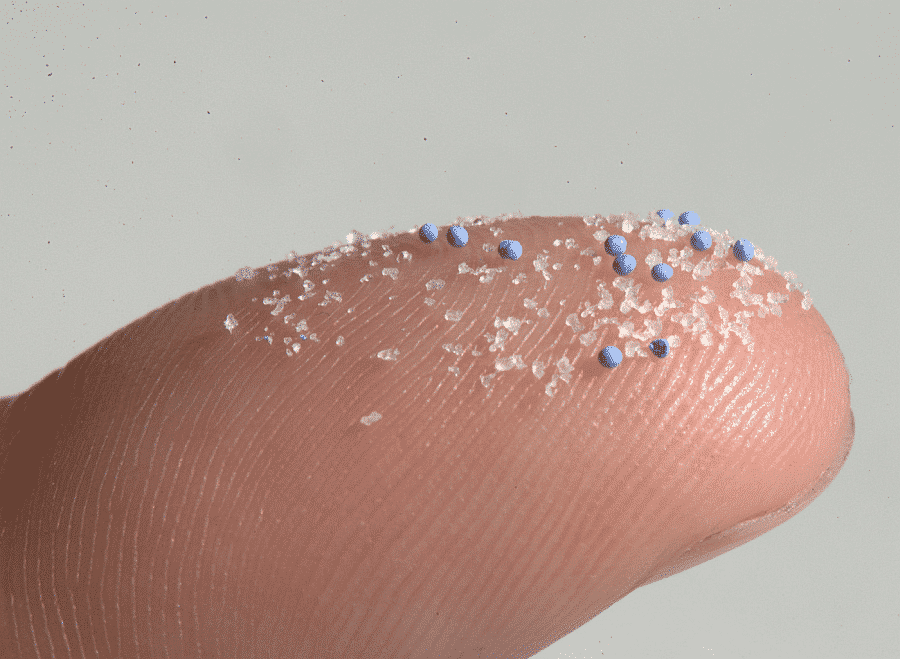Study Finds Every Human Meal is Made of Over a 100 Plastic Fibers
Another Serving of Microplastics Anyone?
The problem is that all plastic ends up tiny. And it persists, no matter what its size. In the ocean, even the largest and most resilient bits of plastic are broken up and degraded by the waves and sunlight until eventually these chunks measure less than five millimetres across – about the size of an ant – and they are classed as “secondary microplastics”.
This type of plastic, that started out as drinks bottles, fishing gear, disposable cutlery and so on, is much more abundant than “primary microplastics” that started out small, such as the microbeads found in toothpaste.
They are the most abundant debris reported in marine environments and assessment of the amounts of MPs that accumulate in wild organisms is necessary for risk assessment.
Therefore, researchers at the Heriot-Watt University set out to compare plastic fibres found in mussels with the amount in the average household meal. They found fewer than two microplastics in each mussel, which could be linked to the marine environment, and concluded that the average person can expect to consume 100 plastic particles a year through
eating the shellfish.The British study put Petri dishes on the table next to the dinner sets of three homes during mealtime. Once the dishes were collected and the cleaning-up begun, the Petri dishes were sealed and taken away for analysis.
Under the microscope, researchers found up to 14 pieces of microplastic in each. When applied to the scale of a dinner plate, that means some 114 fragments are falling on your food and finding their way to your stomach in every meal. This in turn means that the average person is likely ingesting 13,731 to 68,415 pieces of microplastic per year.
“These results may be surprising to some people who may expect the plastic fibers in seafood to be higher than those in household dust,” said Dr. Ted Henry, senior study author, in a Heriot-Watt University. “We do not know where these fibres come from, but it is likely to be inside the home and the wider environment.”
As to the origins of the plastic particles floating in the air, the authors did not think that they came from the home-cooked meals or the kitchens where they were prepared. “Plastic microfibers found in the dust in our homes and the air we breathe can come from car tires, carpets and soft furnishings, as well as clothes such as fleece jackets,” explained Julian Kirby, member of Friends of the Earth. “These are regularly shedding tiny bits of plastic into the environment as they are worn away.”
































